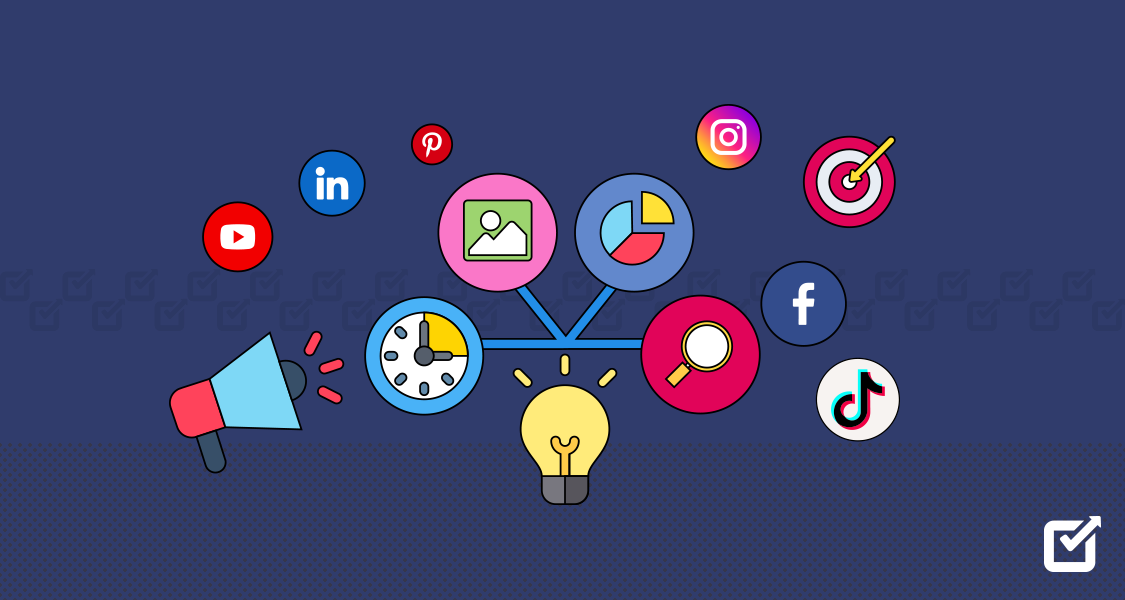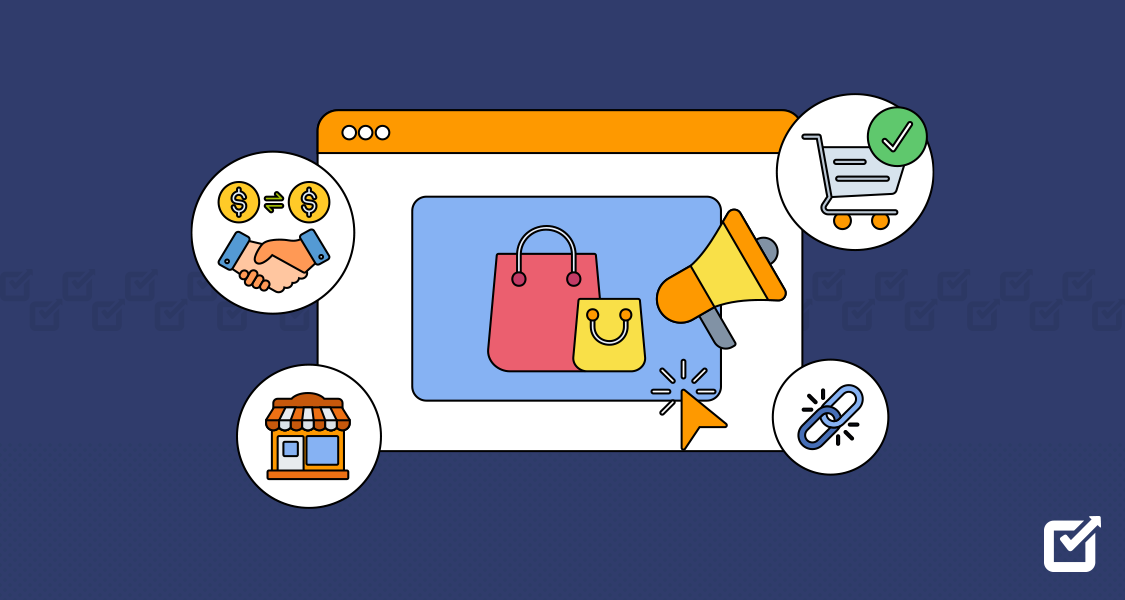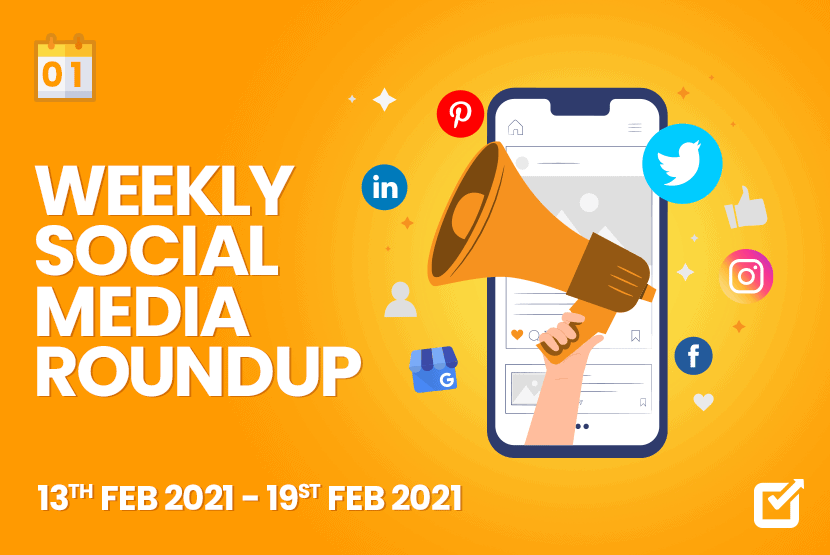Ever feel like you’ve got social media down pat? You can write killer tweets, pick the perfect hashtags, and craft engaging Facebook invites. We hear you – it can feel automatic. But here’s the thing: social media is constantly evolving, with new platforms and features popping up all the time. It can leave even the most experienced users feeling a little lost.
Social platforms have become so much more than just a place to hang out online. It’s a vast digital landscape where every post, tweet, and share holds the potential to boost your brand awareness and growth. But to truly leverage this power, you must understand the fundamentals of social platforms and the available social media management tools.
So, the question is: how can you master platforms like Facebook, Twitter, and LinkedIn? How do you not only reach your target audience but also engage them and build a loyal following? If you’re ready to discover the true definition of social media, you’re in the right place!
What Is the Definition of Social Media?
In a nutshell, social media refers to online platforms where people connect, share ideas, and create content. These interactive platforms allow users to build communities, network, and exchange messages. From familiar names like Facebook and Twitter to niche platforms, social media encompasses many websites and apps, each serving a specific purpose but all designed to foster communication and content sharing.
Social Champ: The Ultimate Social Media Control Center
Managing hundreds of accounts? Schedule, monitor, engage, and post from a single dashboard!
What Is the Definition of Social Media Marketing?
Social media marketing is a type of digital marketing that involves creating and sharing content on social media networks to achieve marketing and branding goals. This can include posting text and image updates, videos, and other content that drives audience engagement. It can also include paid social media advertising. The aim is to use these platforms to connect with your audience to build your brand, increase sales, and drive website traffic.
Marketing on social media also involves publishing great content on your social media profiles, listening to and engaging with your followers, analyzing your results, and running social media advertisements.
Related Article: Ignite Social Stardom: 15+ Top-Notch Social Media Contest Ideas for 2024
How Does Social Media Work?
Social media operates on the principle of digital networking and communication, allowing users to share information, content, and ideas across a global platform. At its core, social media apps are built around creating and exchanging user-generated content.
Here’s a detailed look at how social media works:
User Profiles and Accounts
The first step in engaging with social media is creating a personal or business profile on a chosen platform. This profile represents your identity on the platform and can be customized with details about yourself or your business, including interests, a biography, and profile pictures.

A snapshot of an optimized Instagram profile Content Creation and Sharing
Once a profile is established, users can create content in various formats, such as text posts, photos, videos, and links to other websites. Depending on the user’s privacy settings, this content can be shared publicly with all users or privately with a select group of friends or followers.

A snapshot of content creation on Instagra300 Networking and Community Building
Social media enables users to connect with others by following their profiles, adding them as friends, or joining groups and forums based on common interests. These connections form a network or community that can interact through likes, comments, and shares, fostering discussion and engagement.
Engagement and Interaction
Interaction is a key component of social media. Users engage with content through actions like liking, commenting, sharing, and tagging, which shows appreciation for the content and increases its reach and visibility to other users.
Algorithms and Personalization
Social media platforms use complex algorithms to personalize the user experience, determining which content appears in a user’s feed based on their past behavior, preferences, and interaction patterns. This ensures that users are more likely to see content that is relevant and interesting to them.
Advertising and Promotion
Businesses and individuals can use social media for advertising and promotion, leveraging targeted ad campaigns and sponsored content to reach specific audiences. Social media platforms offer various tools for creating, managing, and tracking the performance of these ads.

A snapshot of an ad on Instagram Data Analysis and Insights
Most social media platforms provide users, especially businesses, with analytics and insights about their content and audience. This data includes information on post engagement, audience demographics, and behavior trends, which can be used to inform future content and marketing strategies.
Real-Time Communication
Social media facilitates real-time communication through instant messaging features, live video streaming, and story updates, allowing users to share moments and news as they happen.
Featured Article: Facts About Social Media You Need to Know in 2024
What Are the Different Types of Social Media?
The social media world is broad and diverse, offering different platforms for various forms of interaction, content sharing, and community building.
Knowing the types of social media can guide individuals and businesses to where they can best engage their audience and see valuable returns. Here’s a brief overview of the main types of social media:
Social Networks
Social networks like Facebook and LinkedIn are about connecting with people – friends, family, or professionals. These platforms allow users to make profiles, share life updates, photos, and articles, and interact through likes, comments, and shares.
Photo-Sharing Networks
Instagram and Pinterest are focused on sharing visual content, allowing users to post photos and images.
Microblogging Platforms
Twitter (X) represents microblogging, letting users post short messages or tweets. It’s known for fast news updates and direct communication with a wide audience, including celebrities and companies. Like Twitter (X), Threads by Instagram, Mastodon, and Bluesky also provide users with a similar microblogging platform.

A snapshot of Threads by Instagram Video Sharing Sites
YouTube and TikTok center around video content, from uploading and sharing to viewing.
Forums
Reddit is a forum-based platform where users join specific communities or “subreddits” to discuss various topics. Users can upvote or downvote posts, influencing what content is more visible and sparking in-depth discussions and exchanges.

A snapshot of Reddit Each social media type offers unique ways for users to express themselves, connect, and access a wealth of information. Whether it’s through engaging stories, eye-catching images, brief updates, compelling video content, or thoughtful discussions, these platforms provide various avenues for interaction and content sharing.
What Is Social Media Used For?
Social media is like a Swiss army knife for the digital world; it has a lot of uses, fitting different needs. Here’s what people usually use social media for:
Keeping in Touch
A big reason many of us hop onto social media is to keep up with friends and family. Apps like Facebook, Instagram, and WhatsApp make it easy to share what’s going on in our lives, see what our loved ones are up to, and chat whenever we want.
Professional Networking
It’s not all about fun and games; places like LinkedIn are great for career stuff. You can show off your work experience, connect with others in your field, and find new job opportunities. It’s a good way to get noticed and advance professionally.
Catching up on News
Want to know what’s happening around the world or in your backyard? Twitter and other platforms are where news spreads fast. You can follow news outlets or journalists and get updates straight from the source or the street.
Promoting and Selling
If you’re running a business or have something to sell, social media is a powerful tool to get the word out. You can advertise products, interact with customers, and show off what makes your brand special. It’s a direct line to potential buyers.
Learning and Entertainment
YouTube, TikTok, and even Instagram are packed with videos that can teach you something new or just make you laugh. Whether you’re into DIY projects, cooking, or just need a good meme to brighten your day, there’s plenty to explore.
In short, social media wears many hats. It helps us stay connected, grow professionally, stay informed, promote our work, and unwind with some fun content. No matter what you’re into, there’s likely a social media tool that fits the bill.
3 Ways Social Media Marketing Can Help You
Social media marketing is now essential for businesses looking to make their mark online. It combines the power of wide reach, engaging interactions, and turning followers into customers in a way no other marketing strategy can. Here’s how it helps:
Brand Awareness
Think of social media as a bustling market where millions gather every day; it’s the perfect place to get your brand noticed. You can introduce your business to a massive audience using networks like Instagram, Facebook, Twitter, or LinkedIn.
- Reach: Social media connects you with billions globally, offering an unparalleled chance to reach people far and wide. What’s more, you can target your ads to hit just the right crowd based on their interests or where they are.
- Budget-Friendly: When compared to old-school advertising, social media can be lighter on your wallet but bring better results. Even a little budget can go a long way, thanks to sharing and the ripple effect of content getting passed around.
- Show and Tell: With social media’s love for all things visual, you’ve got a great chance to show off what makes your brand special through photos, videos, and stories.
Engagement
Social media is all about getting people to interact with your content. It’s an active space where your audience can like, comment, share, and message, making it more than just a one-way street.
- Stronger Connections: Staying active and responding to comments and questions helps build a community around your brand. This back-and-forth creates trust and loyalty among your followers.
- Valuable Feedback: Every like, comment, or share is feedback that can give you insights into what your audience likes or doesn’t.
- Going Viral: Content that gets people talking or participating has the potential to spread far and wide, boosting your brand’s visibility in ways traditional ads just can’t match.
Conversion
At the end of the day, the goal is to turn those followers and interactions into actual sales, and social media is a champ at this.
- Traffic to Your Site: By cleverly placing calls-to-action and links in your posts or bio, you can funnel social media users to your site or shop.
- Targeted Campaigns: Social media gives you tools to run ads aimed directly at users likely to be interested in what you’re selling.
- Building Trust: Showing off positive reviews and user-generated content on your social media can sway potential buyers by giving them proof of happy customers.
Related Article: 150 Creative TikTok Username Ideas for 2024
How to Create Social Media Strategies That Grow Your Business
A good strategy can help you draw in customers, make your brand more recognizable, and increase sales. Here’s a straightforward guide on how to develop social media strategies that will help your business flourish. Here are some social media strategies to boost your business growth:
Content Strategy
- Go Live Regularly: Host live sessions on platforms like Instagram or Facebook Live. Address audience questions, showcase products, or conduct interviews with industry experts. This fosters a real-time connection and boosts engagement.
- Post Behind-the-scenes Content: Give your audience a peek into your company culture and team. Share glimpses of the creative process, product development, or employee events. This builds brand transparency and relatability.
- Curate Valuable Content: Share industry news, articles, or infographics relevant to your audience. This positions you as a thought leader and provides valuable resources for your followers.
- Storytelling Through Social Media: Craft narratives around your brand values and mission. User testimonials, customer success stories, or showcases of your product’s impact can be great storytelling tools.
Community Building Strategies
- Run Polls and Q&A Sessions: Encourage audience participation through interactive content like polls or Q&A sessions. This helps you understand their preferences and fosters a sense of community.
- Host Social Media Challenges: Create engaging challenges that encourage followers to participate with your brand. This is a fun way to generate user-generated content and boost brand awareness.
- Respond to Comments and Mentions Promptly: Actively engage with your audience by responding to comments and mentions promptly. Address concerns, answer questions, and show appreciation for positive feedback. This builds trust and loyalty.
- Create Facebook Groups or Online Communities: Foster a dedicated space for your audience to connect and discuss topics related to your industry. This strengthens brand loyalty and provides valuable customer insights.
Paid Advertising Strategies
- Target Ads with Laser Precision: Use social media advertising platforms’ advanced targeting options to reach the right audience with laser precision based on demographics, interests, and online behavior.
- Run Retargeting Campaigns: Reconnect with website visitors who haven’t converted yet. Retargeting ads remind them about your brand and encourage them to take action, like making a purchase.
- Promote Lead Magnets with Paid Ads: Offer downloadable content like ebooks or white papers in exchange for user contact information. Promote these lead magnets with paid social media ads to generate qualified leads.
By implementing these content, community-building, and paid advertising strategies, you can develop a well-rounded social media approach that drives business growth and fosters stronger customer relationships.
The Advantages and Disadvantages of Social Media
Social media platforms have several pros and cons. Let’s take a look:
Advantages of Social Media
- Connectivity: Social media breaks geographical barriers, allowing people to connect, communicate, and share interests with others worldwide.
- Information and Updates: It’s a platform for spreading information quickly and efficiently. Users are often the first to know about news through social media.
- Business Marketing: For businesses, social media is a great tool for marketing, enabling them to reach their target audience at a lower cost than traditional advertising.
- Community Support: Individuals can find community support for various issues, connect with like-minded individuals, or participate in social movements.
- Learning and Development: Social media platforms offer numerous resources for education and professional development, allowing users to learn new skills and stay updated in their fields.
Disadvantages of Social Media
- Privacy Issues: Sharing personal information on social media can lead to privacy breaches and data theft.
- Misinformation: The spread of false information is rampant on social media, leading to confusion and misinformation on crucial issues.
- Mental Health Impact: Excessive use of social media has been linked to negative impacts on mental health, including anxiety, depression, and loneliness.
- Cyberbullying: The anonymity and reach of social media contribute to cyberbullying, affecting individuals of all ages.
- Addiction: Social media can be addictive, leading users to spend excessive time on these platforms, which can negatively impact productivity and personal relationships.
Conclusion
To make a splash and use social media to boost your brand or grow personally, you’ve got to get a solid grasp of social media definition. This can keep up with new changes and tools that come along. This guide has given you the key points you need to not just get by but really stand out online. By focusing on smart engagement, making content that hits the mark, and being ready to learn and switch things up, you’re all set to connect better with people, get more followers, and hit your social media goals. Social media is packed with chances for those who are keen to try new things and get involved. You’re now on track to really make an impact online, ready to take on what’s next in the world of social media.


















